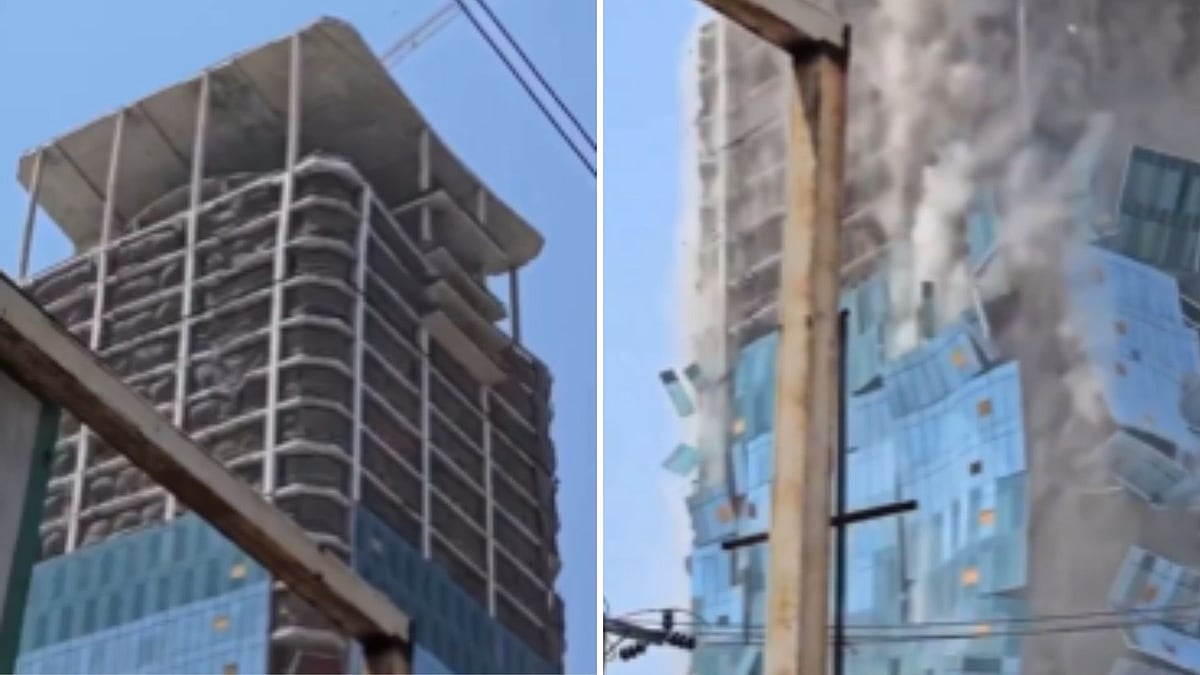Thailand Earthquake: Here’s Why Some Buildings Swayed But Didn’t Collapse | (Photo Courtesy: X/@LordBenalez)
Thailand: A devastating 7.7-magnitude earthquake struck Thailand and neighboring Myanmar on Friday, March 28, reportedly leaving dozens buried under rubble and more than 20 people dead.
While some buildings, including a high-rise under construction in Bangkok, collapsed, others swayed but remained standing. The science behind this difference lies in engineering, design, and construction materials, which determine a building’s ability to withstand seismic shocks.
How Ground Shaking Affects Buildings
As per a report by Exploratorium, earthquakes release energy in the form of seismic waves, which shake the ground and transfer that movement to buildings. This causes structures to sway, but their ability to withstand such motion depends on factors like height, flexibility, and material composition. On the other hand, taller buildings often handle earthquakes better than shorter ones. Skyscrapers are designed to be more flexible, allowing them to absorb seismic energy without collapsing. In contrast, shorter buildings, being stiffer, experience greater force during quakes and are more likely to sustain damage.
An X user shared some videos of the buildings which swayed but still withstood the earthquake in Thailand. He wrote, “Tall buildings are like big, wobbly Jenga towers; they lean and sway slowly, so a slow, low-frequency shake can tip them big time if it matches their groove. Short buildings are like little solid Lego houses; they jitter quick, so a fast, high-frequency shake rattles them more if it hits their speed just right.”
Have a look at his post here:
Engineering and Materials Play Significant Role
The materials used in construction also play a crucial role in determining a building’s seismic resistance. Structures made of flexible materials like steel and wood tend to absorb shocks better than those made of unreinforced concrete, masonry, or stucco. Engineers also incorporate earthquake-resistant designs such as reinforced joints and trusses, which help distribute seismic energy throughout the building.
In earthquake-prone regions, advanced technology like base isolators is used to minimize damage. These isolators, which sit at the base of buildings, act as shock absorbers, reducing the force transferred from the ground to the structure.
While Bangkok’s high-rises swayed dramatically, most remained intact due to their design, proving that modern engineering is crucial in earthquake mitigation.
